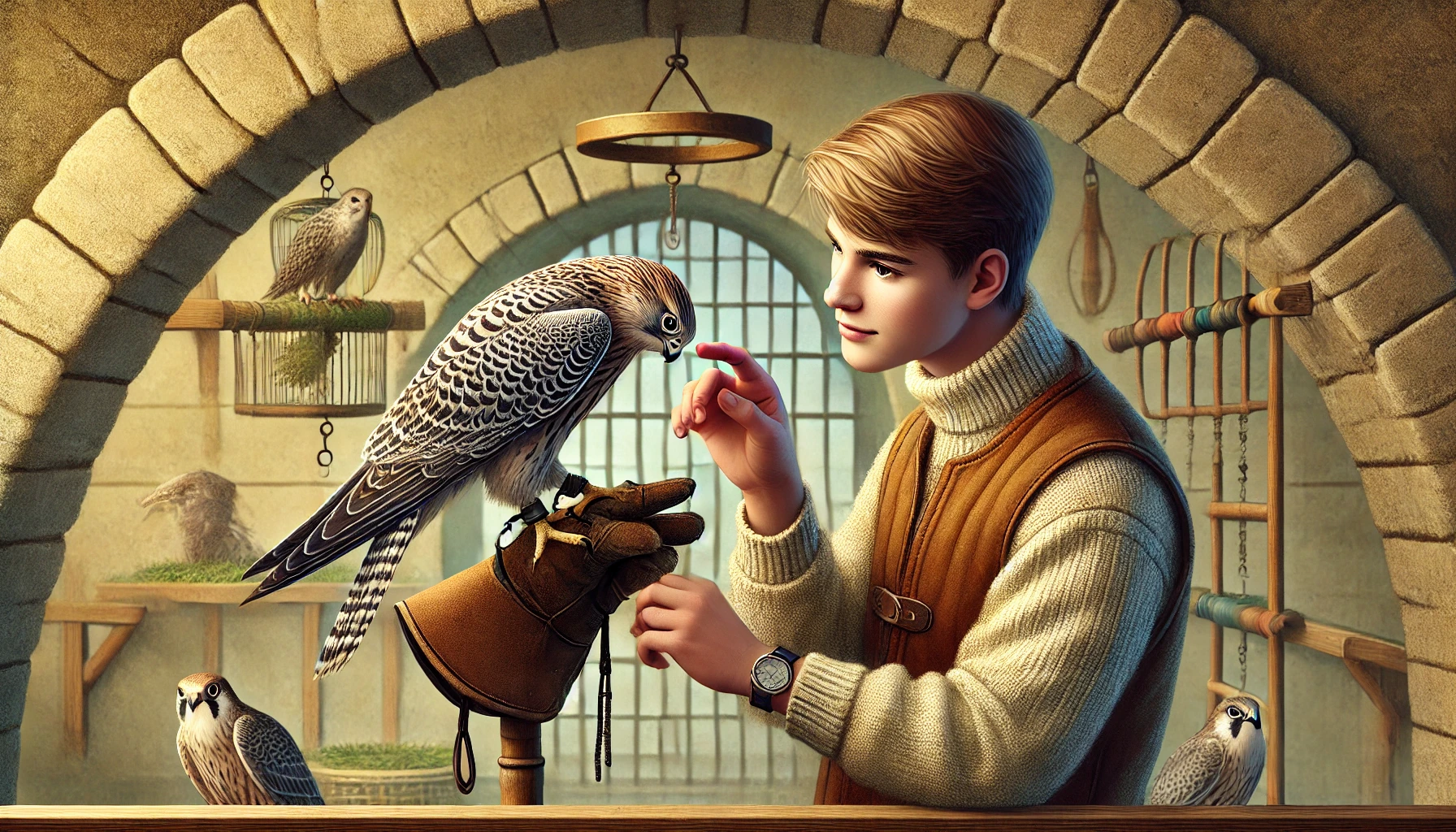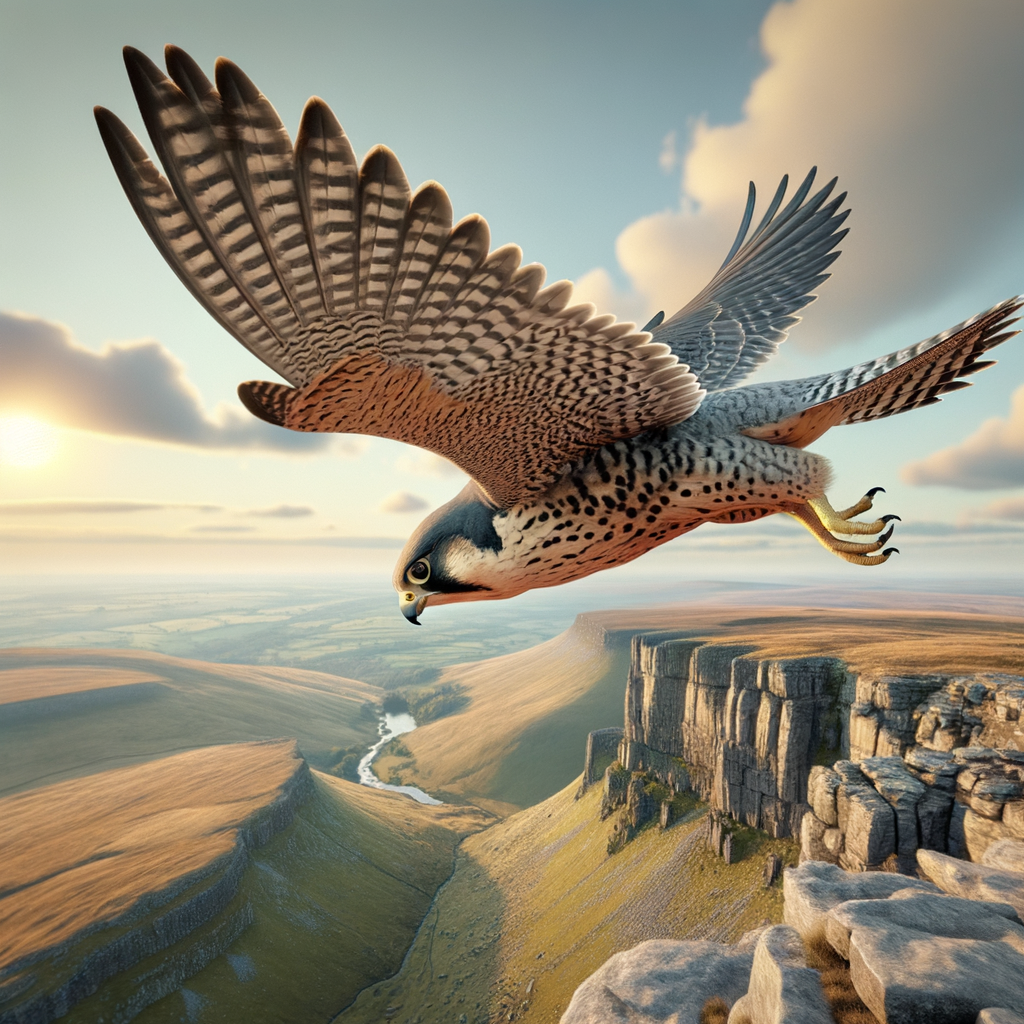New Training Techniques for Falconry
- Focus on positive reinforcement to build trust between falconer and bird
- Use food rewards to encourage desired behaviors and discourage negative ones
- Implement clicker training for clear communication with the falcon
- Introduce gradual and consistent training sessions to avoid overwhelming the bird
- Use familiar settings initially, then slowly introduce new environments
- Pay attention to the falcon’s body language and stress levels
- Train with realistic hunting scenarios to develop natural skills
- Emphasize patience and repetition to reinforce learning
- Ensure the falcon is well-rested and healthy before training sessions
- Incorporate playtime and enrichment activities to stimulate the falcon’s mind
- Monitor and adapt training techniques based on the falcon’s progress
These key techniques will help create a strong bond with your falcon and ensure a successful and rewarding training experience.
Discover the Art of Mew Training Techniques: Mastering Falconry Like an Irish Storyteller
At Learn Falconry, we believe that training a falcon isn’t just a hobby’it’s a craft that blends patience, skill, and tradition. That’s where our mew training techniques come in. Think of “mew” as the Irish cottage for your bird, a special place where bonds are built and skills are honed. Just as an Irish storyteller weaves tales with intricate details, our techniques are designed to create a seamless, enjoyable, and enriching experience for both you and your falcon.
In this article, we will take you through the essential aspects of mew training, making it easy to grasp and apply, whether you’re a beginner or looking to refine your skills. Get ready to dive deep into the heart of falconry and discover how these time-honored techniques can bond you with your feathered friend in ways you never imagined.
So grab your imaginary pint, settle in, and let us guide you through the enchanting journey of mew training techniques. We promise, it’s a tale worth every moment of your time.
Exploring Advanced Mew-Training Techniques in Falconry
When it comes to training falcons, one crucial aspect that falconers must master is ‘mew training’. This involves using specific housing, called mews, to create a safe and controlled environment for the birds. Mew training techniques have evolved over time, accommodating various methods to suit both the birds and their handlers.
Understanding Mew Training
‘Mew training’ refers to the use of mews ‘ specialized enclosures ‘ where falcons live and are trained. The focus is on providing a comfortable and stimulating environment that encourages natural behaviors and facilitates effective training. These enclosures can vary from traditional mews to modern freeloft mews.
Traditional mews often include small rooms or cages where the bird is tethered to a perch. This method allows close interaction and easy supervision, essential for fledgling or recovering birds. On the other hand, freeloft mews provide a more spacious and open environment where falcons can fly and perch freely, promoting physical health and more natural behavior.
Learn more about the different types of falconry equipment.
Evolution of Falconry Mew Methods
The techniques used in falconry mews have a long history, with each method refined to meet the needs of both falconers and their birds. Traditional methods focus heavily on tethering, a practice that helps manage birds’ behavior during the early stages of training. Conversely, freeloft mews offer a more holistic approach, aiming to balance the bird’s physical and mental well-being.
Discover the rich history of falconry and its evolution.
Benefits of Mew-Based Training
Mew-based training provides numerous benefits for both the falcons and their handlers. For starters, it creates a controlled environment that reduces stress and distraction, making it easier to establish trust and communication between the falcon and its trainer. Additionally, mew training helps keep birds safe from potential predators and harsh weather conditions.
A well-designed mew can significantly enhance a falcon’s training regimen, promoting better health and faster learning. The key is to balance the traditional tethering techniques with the freedom provided by freeloft mews, adapting the environment to the unique needs of each bird.
Explore various falconry training techniques, including mew-based methods.
Freeloft Mews and Traditional Mews: What’s the Difference?
The main difference between freeloft mews and traditional mews lies in the level of freedom allowed to the bird. Traditional mews typically use tethers to restrict movement, helping manage and monitor the falcon closely. This method is particularly useful during initial training stages or when dealing with birds that need extra care.
Freeloft mews, however, offer more freedom, allowing the birds to fly and explore within a secure space. This method can help improve physical fitness and mental stimulation, leading to healthier and happier falcons. Freeloft mews are often preferred for more experienced birds or those transitioning to more independent activities.
Find out more about setting up mews and housing for your falcon.
By understanding and implementing these advanced mew-training techniques, falconers can ensure they provide the best care and training for their birds, making ‘mew training’ an essential part of modern falconry practice. With the right approach and tools, the relationship between falconer and falcon can soar to new heights.
In the fascinating world of falconry, training birds of prey involves creating safe and suitable environments. These environments, or mews, are carefully designed to fit the needs of different species, and they come with various costs and features. Here’s a deeper look at some specific aspects of mew training techniques in 2024.
Indoor Aviaries for Smaller Birds
Indoor aviaries are ideal for smaller birds like kestrels or coopers. These setups are typically compact and can be built for under $300. They provide a safe indoor environment where birds are housed for most of the year, making them perfect for passage falconry.
Cost Breakdown
| Item | Cost |
|---|---|
| Basic Structure | $150 |
| Perches | $50 |
| Feeding Equipment | $30 |
| Miscellaneous | $70 |
| Total | $300 |
Mews Designs for Larger Birds
For larger birds such as red-tailed hawks or eagles, mews designs can vary widely in cost and complexity. Single chamber mews for red-tailed hawks can range from $1,500 to $5,000. Three-chambered mews for larger birds like eagles can cost upwards of $10,000.
Example Cost Range
| Bird Type | Single Chamber | Multi-Chamber (3) |
|---|---|---|
| Red-Tailed Hawks | $1,500 – $5,000 | Not Applicable |
| Eagles | Not Applicable | $10,000+ |
Building Materials and Equipment
The construction of a mew can be accomplished using a variety of materials such as tarps, lumber, corrugated PVC roofing, and chain link panels. Cost can vary depending on the size and quality of materials, ranging from $250 to $600.
Material Cost Estimate
| Material Type | Cost Estimate ($) |
|---|---|
| Tarps | $50 |
| Lumber | $100 |
| Roofing (PVC) | $150 |
| Chain Link Panels | $200 |
| Total | $500 |
Sponsorship and Apprenticeship Costs
For newcomers or apprentices, the cost of equipment and housing can be lower, especially with sponsorship. Apprentices can expect their total costs, including the equipment, to be around $700 for a kestrel.
Apprentice Cost Breakdown
| Item | Cost |
|---|---|
| Mew Construction | $300 |
| Perching Areas | $150 |
| Feeding Equipment | $50 |
| Miscellaneous Equipment | $200 |
| Total | $700 |
Weathering Yards and Telemetry
Outdoor weathering yards provide essential outdoor time for the birds and can be built for around $200. For larger birds, telemetry transmitters and receivers are crucial for tracking and can add $1,000 to the cost.
Additional Costs
| Item | Cost Estimate ($) |
|---|---|
| Weathering Yard | $200 |
| Telemetry Transmitters & Receivers | $1,000 |
| Total | $1,200 |
Freeloft Mews
Freeloft mews allow captive raptors more freedom of motion with larger chambers. Each chamber can be as small as 36 square feet but often are larger, even reaching three stories. Freeloft mews typically house one raptor, with multiple perches for the bird to use.
Freeloft Mew Features
- Space: 36 square feet to multiple stories
- Capacity: Usually one raptor
- Perches: Multiple within one chamber
Traditional Mews
Traditional mews offer partitioned spaces allowing for more birds to be housed separately. Each bird has its own perch. These setups must include a weathering yard to provide adequate outdoor time.
Traditional Mew Features
- Partitioned Spaces: Separate areas for each bird
- Perches: Individual perches for each bird
- Weathering Yard: Required for outdoor time
By understanding these various mew designs and costs, falconers can create environments that best meet the needs of their birds, ensuring their health and safety.
Modern Mew-Training Techniques: Key Insights
In 2024, the art of training birds of prey has seen various advancements and techniques that cater to different needs and budgets. Whether you’re new to falconry or an experienced falconer, understanding these methods can help you create optimal environments for your birds.
Indoor Aviaries: Perfect for smaller birds like kestrels, indoor aviaries are cost-effective, starting at under $300. These spaces provide a safe, indoor environment especially useful in passage falconry.
Mews Designs: For larger raptors, mews designs can be more complex and expensive. Single chamber mews for red-tailed hawks range from $1500 to $5000, while three-chambered mews for eagles could cost up to $10,000.
Freeloft vs. Traditional Mews:
- Freeloft Mews: These allow raptors more freedom with larger chambers where birds can fly freely. Typically, only one raptor is housed here due to space and safety considerations.
- Traditional Mews: These are more partitioned, accommodating multiple tethered birds with individual perches and requiring an outdoor weathering yard.
Materials and Equipment: Building a mew involves various materials such as tarps, lumber, and chain link panels, costing between $250 and $600. For apprentices, the cost can be lower with sponsorships aiding the budget.
Telemetry Transmitters: Essential for larger birds, these devices ensure tracking and safety, adding around $1000 to the total cost.
Understanding these aspects will allow you to tailor your approach to meet the needs of your birds and your falconry practice. With the right setup, your birds will thrive in their environments, ensuring an enriching experience for both the falconer and the raptor.



